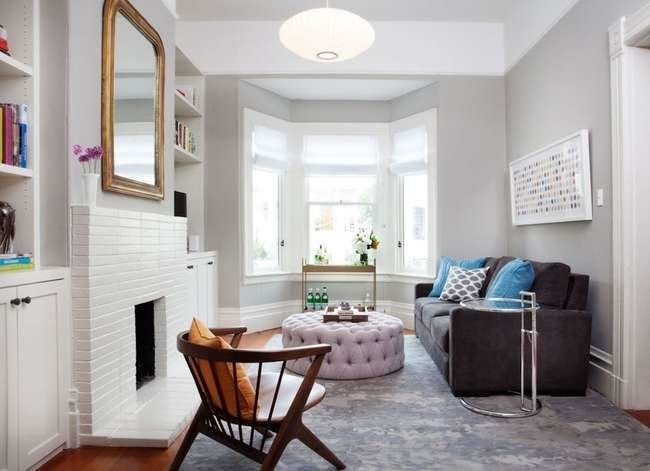

We may earn revenue from the products available on this page and participate in affiliate programs. Learn More ›
Home Advice You Can Trust
Tips, tricks & ideas for a better home and yard, delivered to your inbox daily.
By signing up you agree to our Terms of Service and Privacy Policy.
Clean the Windows

This may seem like an obvious solution, but it’s one that’s often overlooked: Cleaning the windows can make a noticeable improvement in the brightness of a room. To get your windows sparkling, you can make a simple cleaner by mixing one part white vinegar with two parts water in a spray bottle.
Use Mirrors Strategically
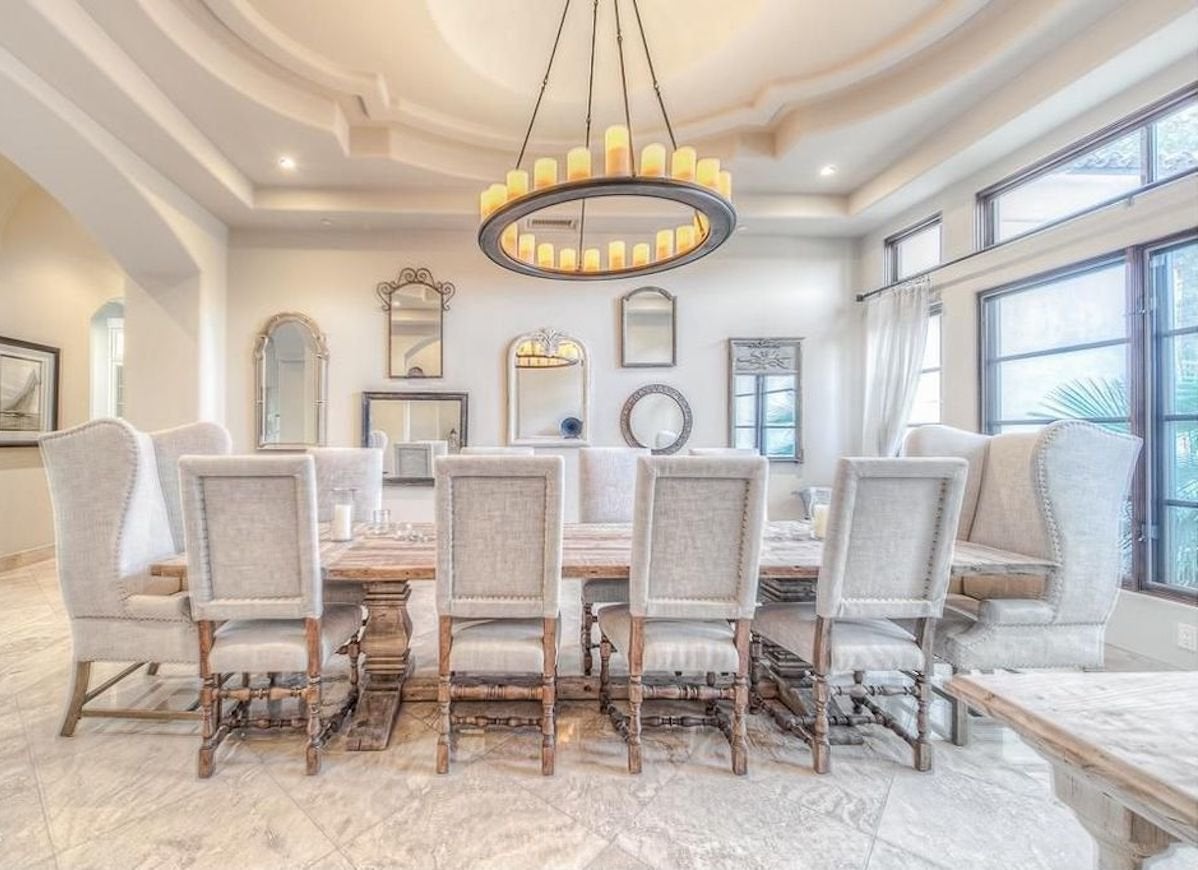
Zillow Digs home in Paradise Valley, AZ
Position mirrors opposite windows to reflect more light around the house. If your walls are spacious, you can add an eclectic touch by assembling a gallery wall using mirrors of various sizes. Another smart trick: Place a mirror strategically at the end of a cramped hallway to make the corridor seem more spacious.
Rearrange Furniture
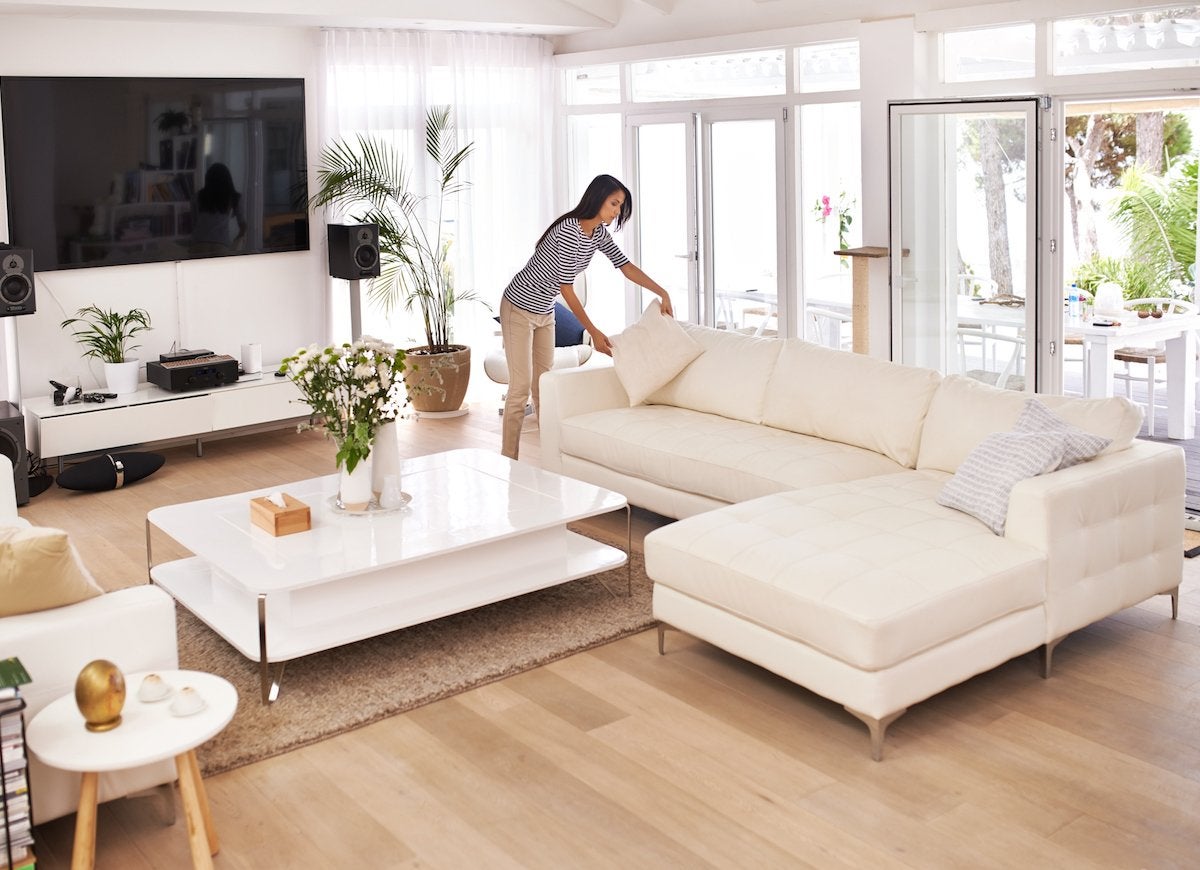
If your furniture is obstructing any of the light streaming in through the windows, rearrange the layout so the sun can really shine in.
Streamline Your Shelves
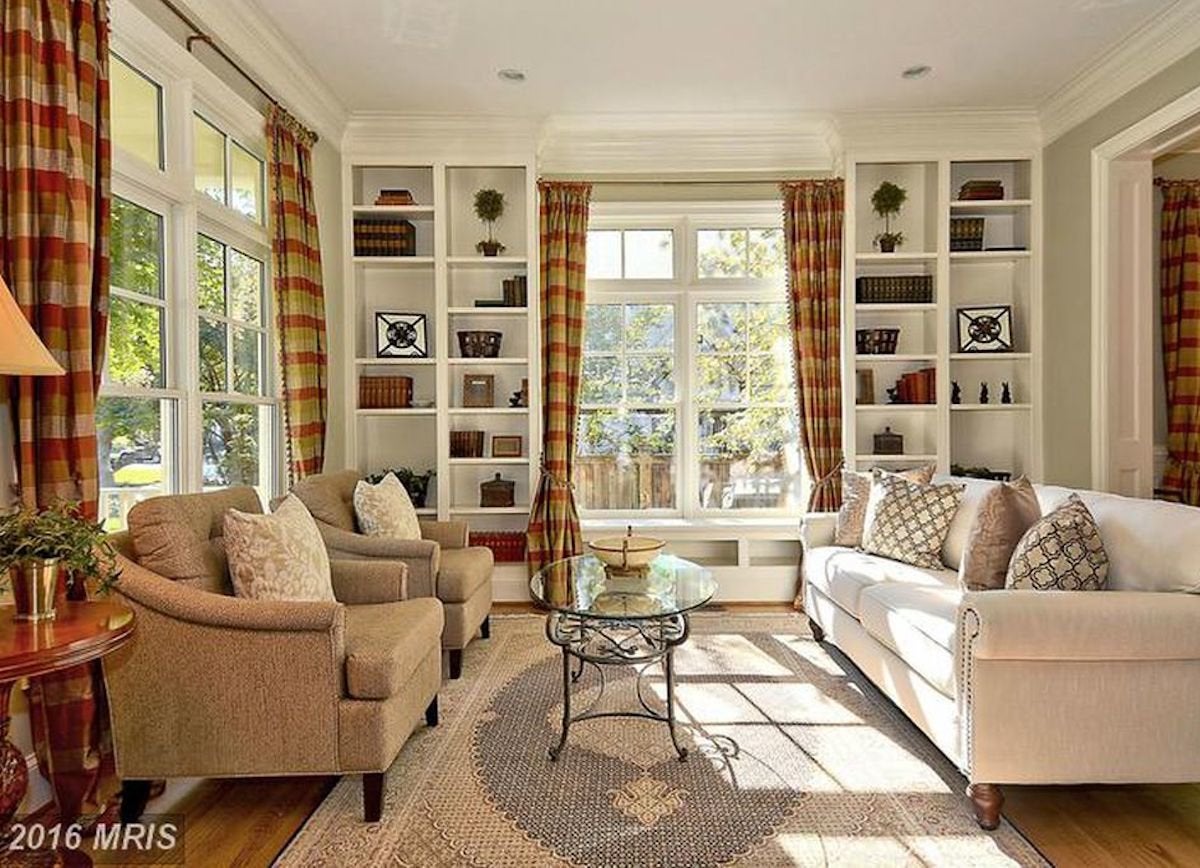
Zillow Digs home in Bethesda, MD
It may be tempting to pack your built-ins full of books and decorative objects, but be sure to leave a little empty space on the shelves. Too much clutter on display makes it look like your home is starved for storage space.
Cut Back on Clutter
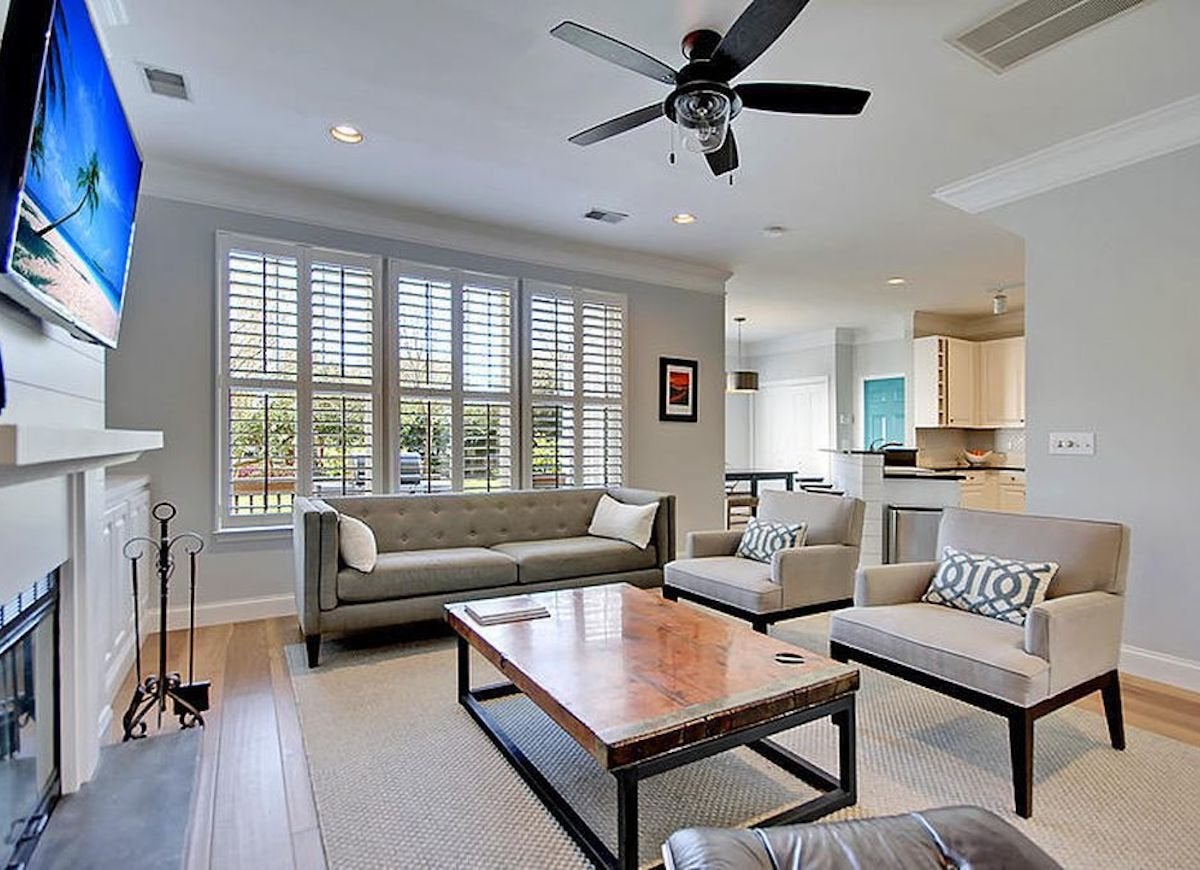
Zillow Digs home in Daniel Island, SC
The fewer objects in a room, the airier it will feel. In smaller rooms, scale back on bulky decor, tchotchkes, and other unnecessary items. Either get rid of them or move them to larger rooms with more natural light.
Hang Sheer Window Treatments
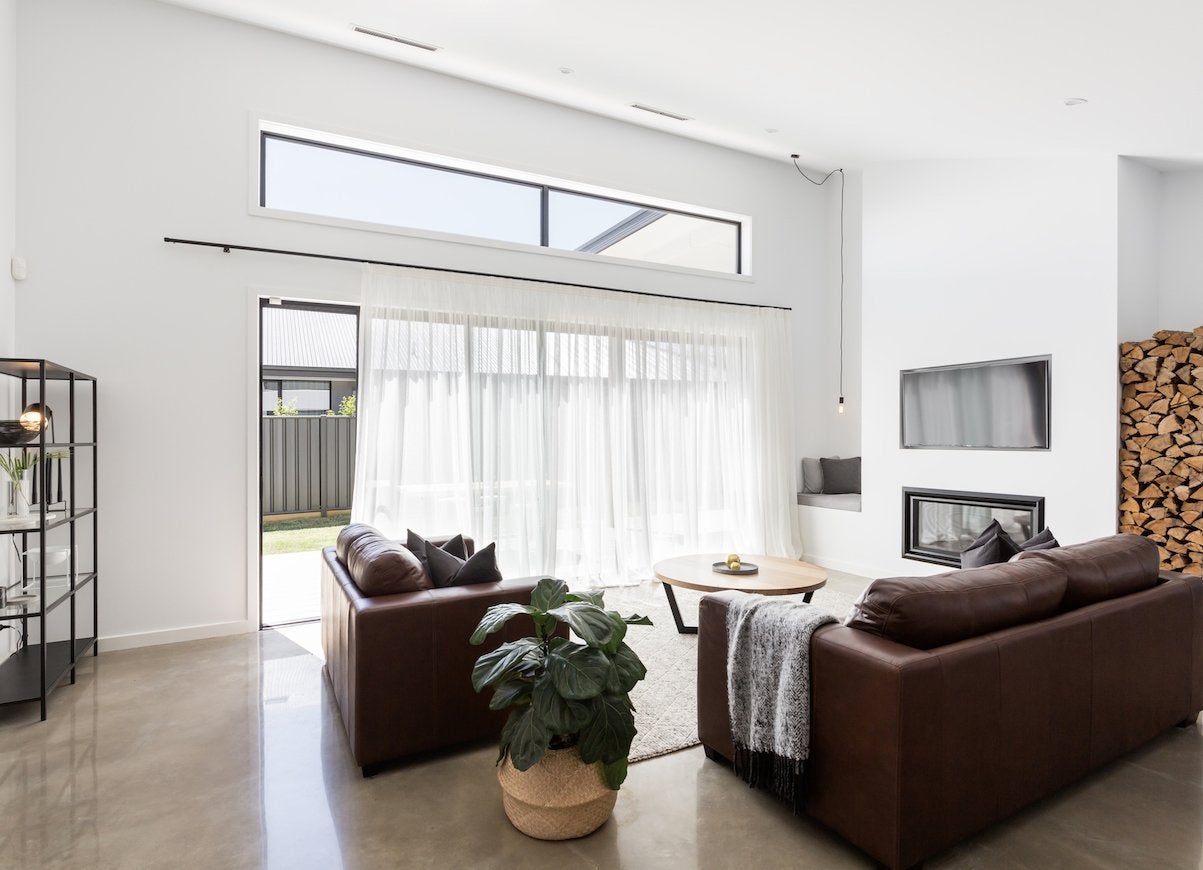
Ditch heavy window treatments in favor of lighter ones. Choose sheers, if possible, which will let in the most light while still offering some privacy.
Related: Lose the Drapes: 17 Ways to Dress a Window Without Curtains
Cut Back Foliage
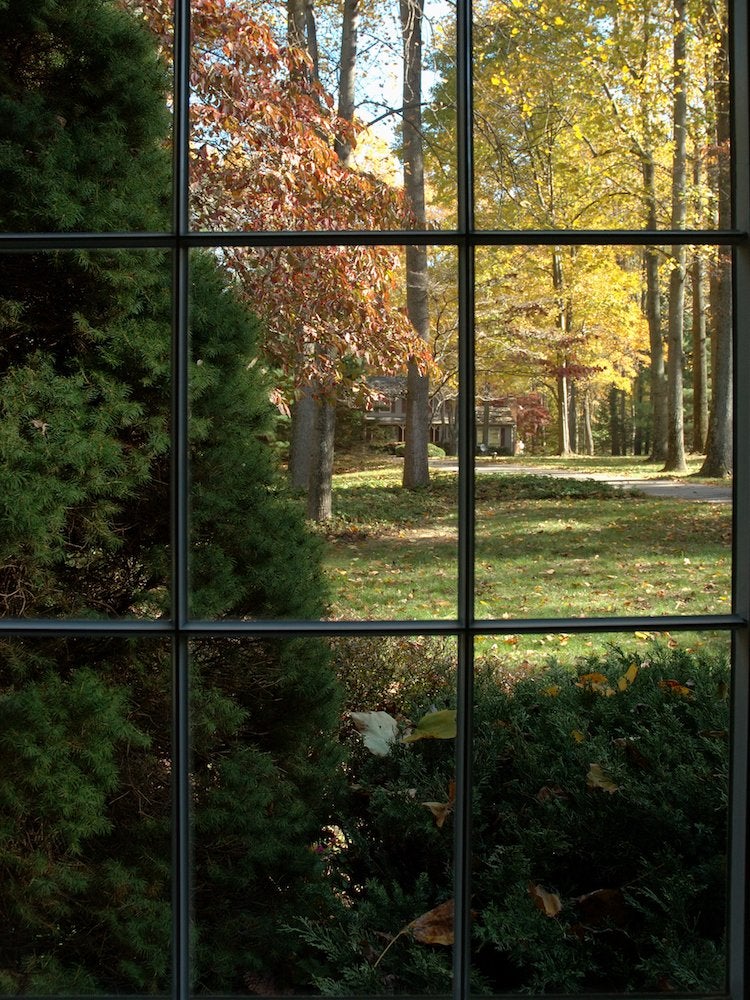
Look out your windows. If there are low-hanging tree branches or overgrown hedges preventing light from coming in, trim them back to restore your view of the outdoors. As well, whenever you change up the landscaping around the exterior of your home, consider what the new plantings will look like when they’re fully grown, not just what they look like at the nursery.
Choose the Right Fabrics
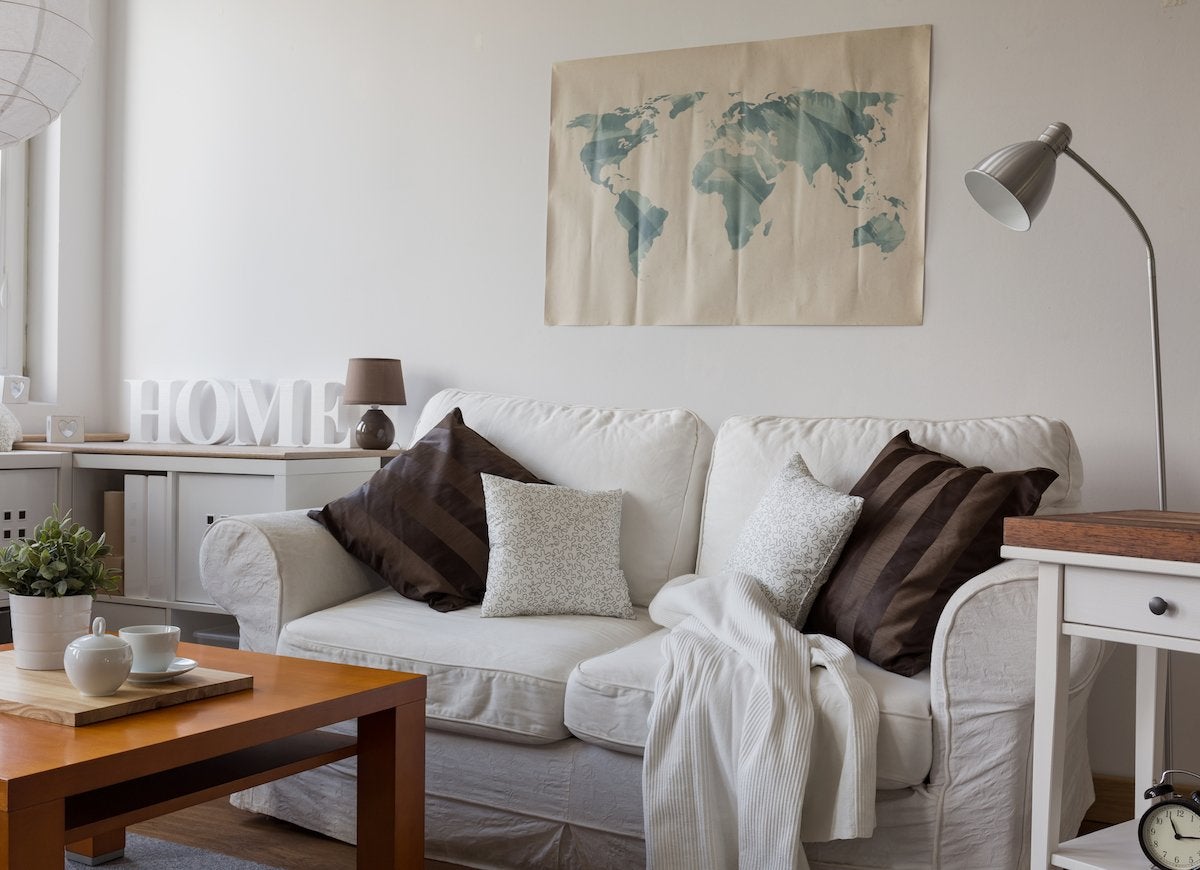
Heavy fabrics like wool, velvet, and fur have a big presence and can make a room feel overdecorated. Lighter picks, such as cotton, linen, and lace, draw less attention to themselves, which can help a small room feel more open and bright.
Related: The Best Blankets For Snuggling Anytime: Our Tested Roundup
Hang Curtains Strategically

Zillow Digs home in Naples, FL
When you install a curtain rod, make sure it extends beyond either side of the window casing. Not only will the windows look bigger, but when the curtains are open they won’t block the glass or the incoming light. Likewise, mounting the curtain rod several inches above the top of a window will make it look taller.
Use Natural Materials
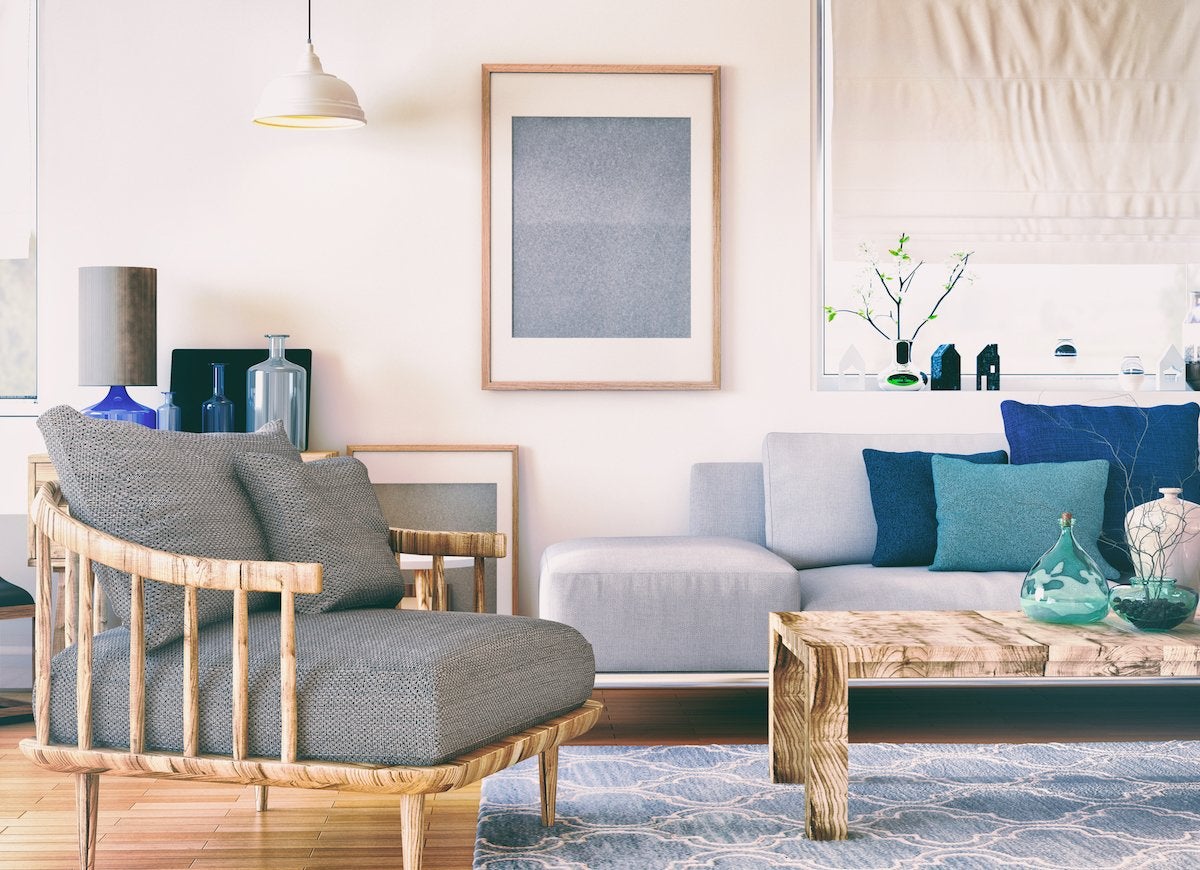
Furniture, upholstery, and decorative accents made of natural materials can help a room feel open and airy, provided they’re not too dark and heavy. Focus on lighter colors like those found in jute rugs and blond woods, and add plenty of plants.
Related: 26 Insanely Easy Home Improvements You Can Do in 1 Hour
Swap Out Doors
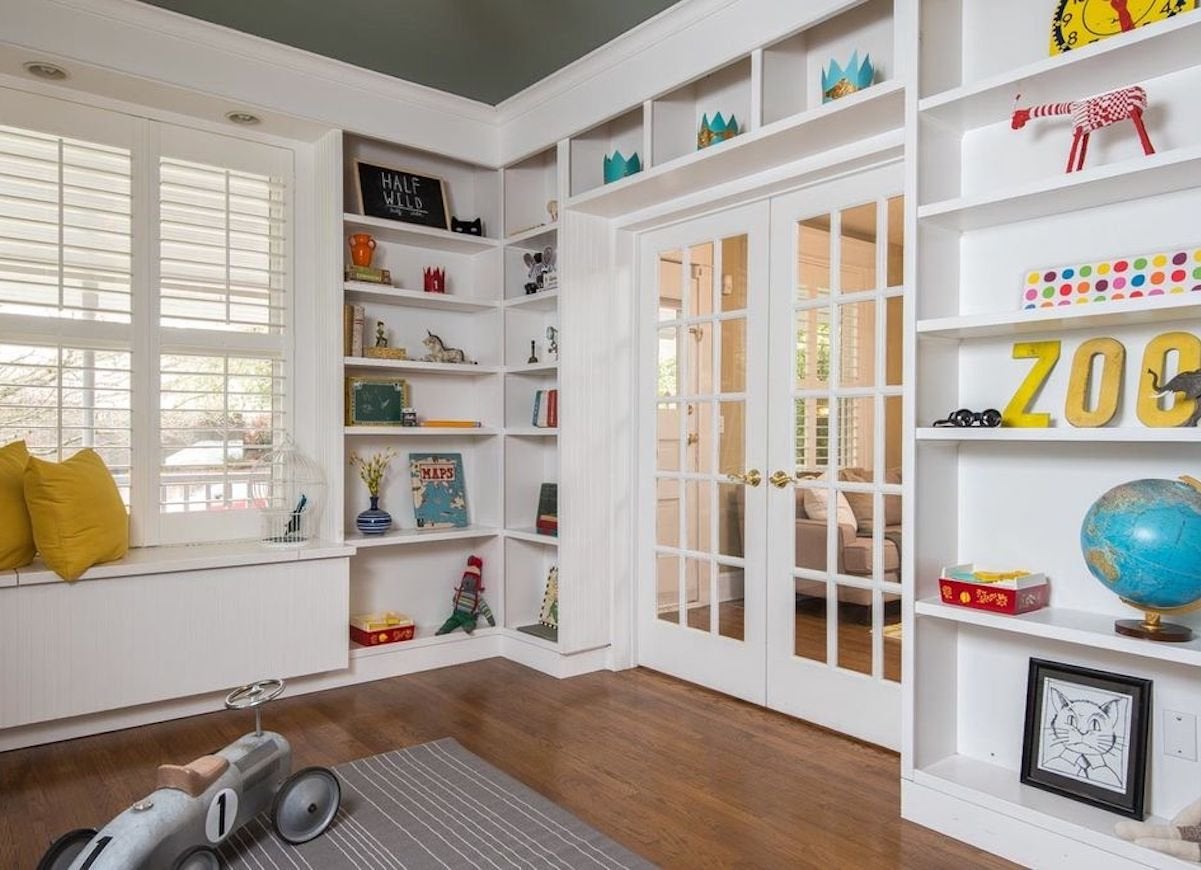
Zillow Digs home in Portland, OR
Replace solid doors with French doors in rooms that don’t require complete privacy. The transparent glass panels will make a room feel more spacious, as will installing transoms over doors.
Lighten Up Floors
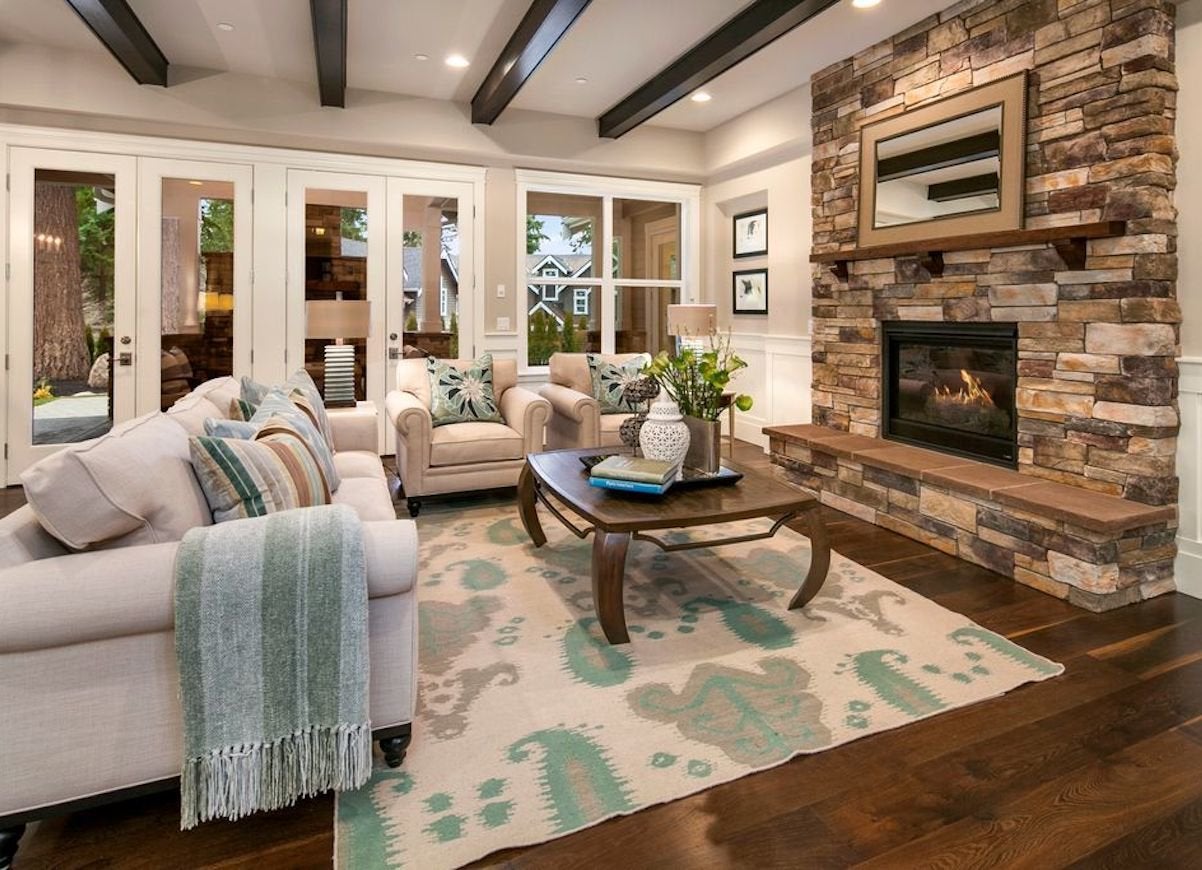
Zillow Digs home in Bellevue, WA
Dark colors on floors, walls, and ceilings can make a room feel smaller and more closed off. While it’s easy to paint the walls, changing out dark floors is an expensive proposition. For a quick fix at a fraction of the cost of replacing the floor, try laying down lighter area rugs or carpet tiles over a darker floor to set a brighter color palette for the space.
Layer Your Lighting
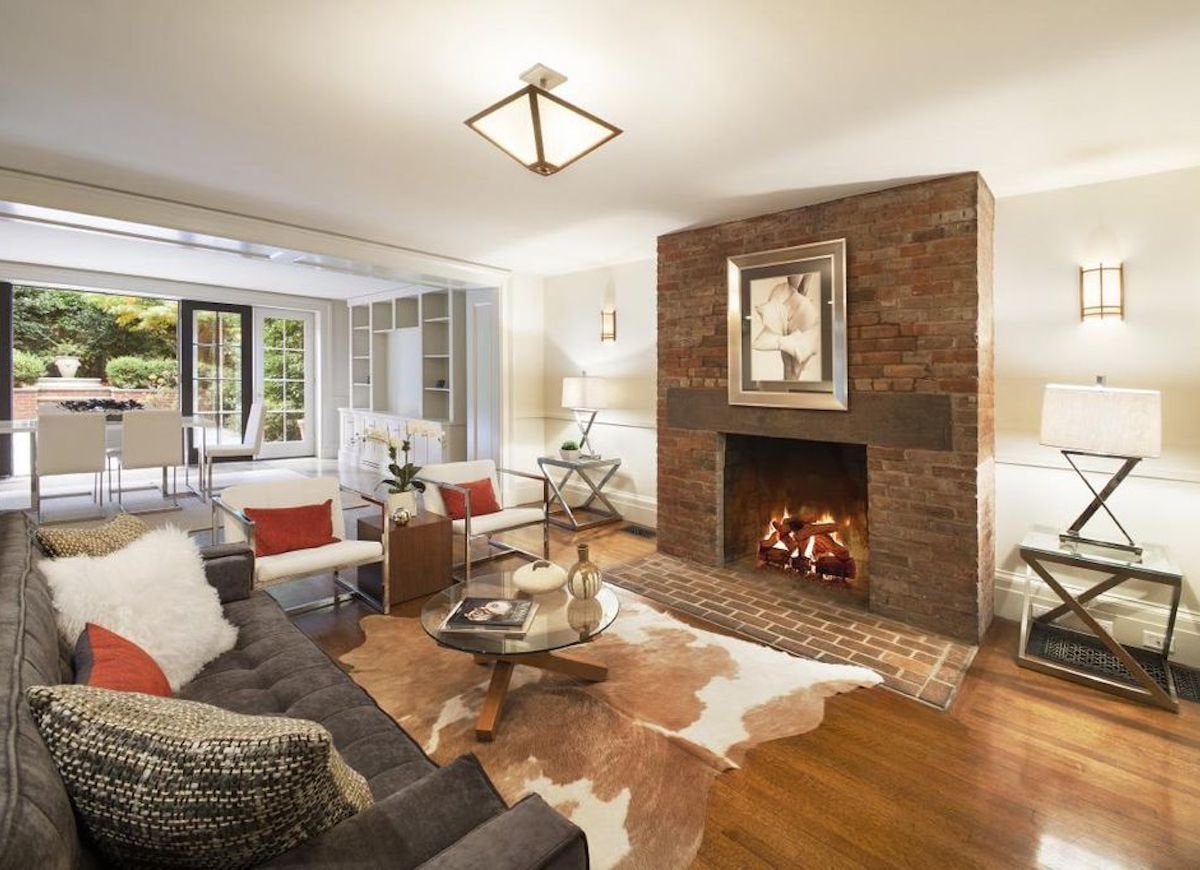
Zillow Digs home in New York, NY
Use multiple light sources in each room so no matter how much or how little natural light is coming in from the outside, you can always add a little more. Start with a primary light source—for example, overhead lighting—then mix in secondary sources, such as accent lamps or task lighting.
Scale Down Furniture
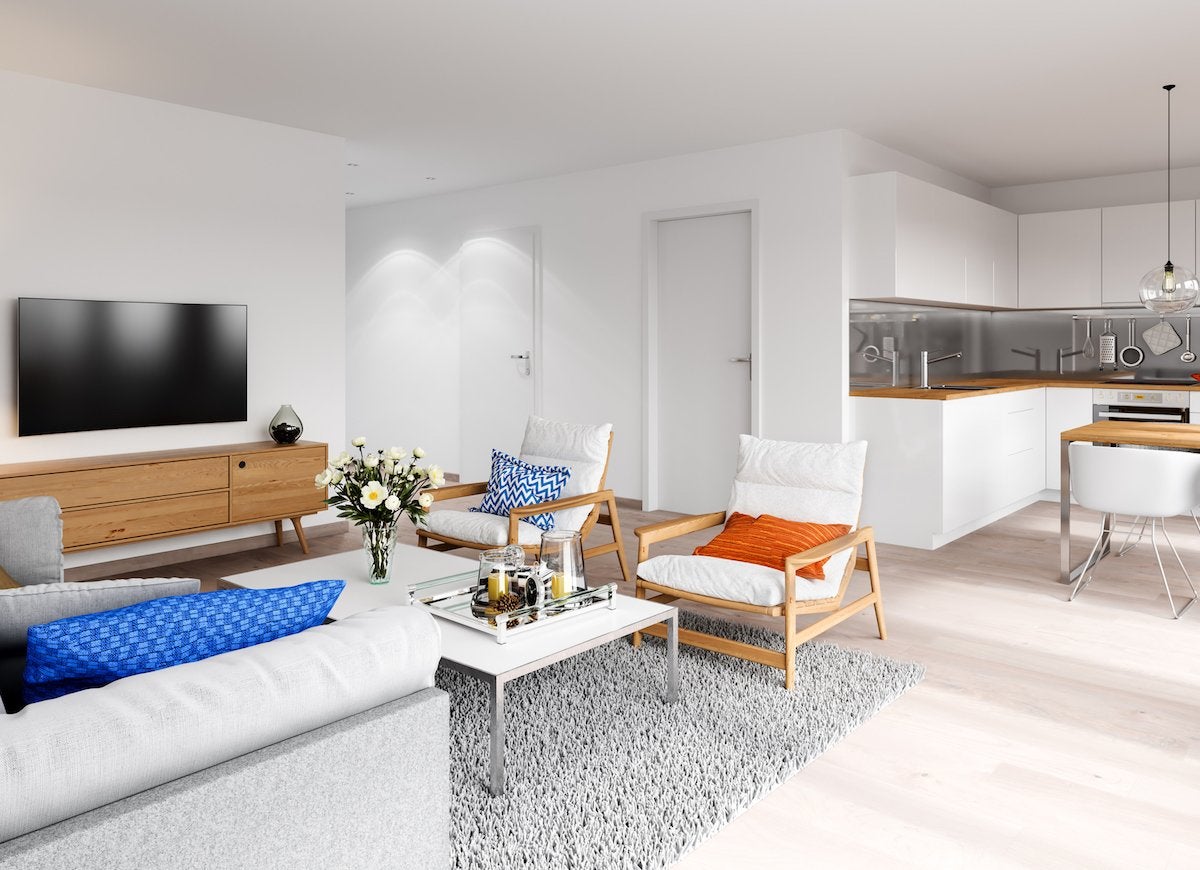
If you can, swap out heavy furniture for pieces with slimmer profiles. Opt for sofas with exposed legs and low tables made of materials like wrought iron, glass, and acrylic to make a space feel roomier.
Check Light Bulb Labels

Light bulbs are now required to have a lighting facts label on the packaging. It looks much like the nutritional facts label you see on packaged food at the grocery store, and it tells you how bright the bulb is (measured in lumens) and whether the light appears more warm or cool (measured on the Kelvin temperature scale). Cool light makes a room look whiter and brighter and is a good choice for a small bathroom or kitchen.
Related: Types of Light Bulbs and Light Bulb Shapes Every Homeowner Should Know
Use Dimmer Switches
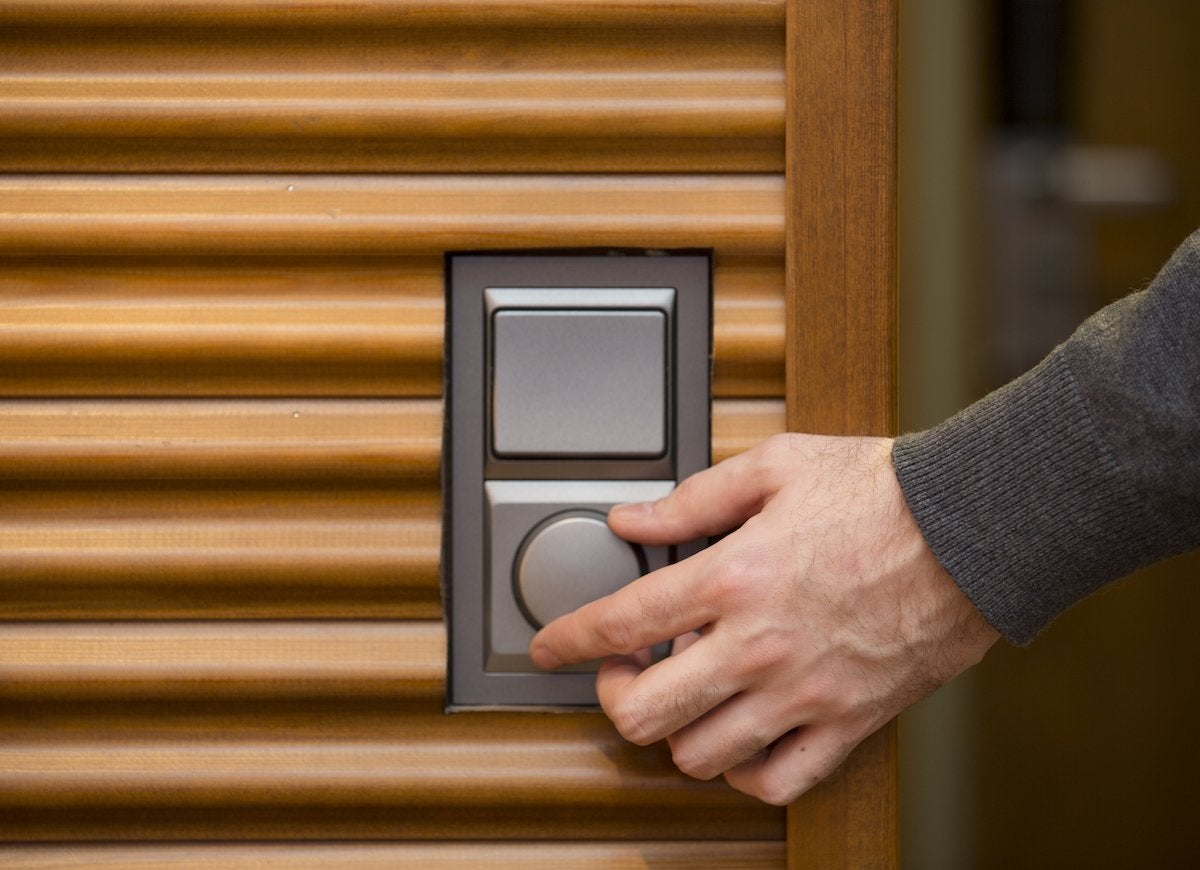
Put primary light sources on dimmer switches so you can brighten a room as the light changes throughout the day.
Related: The 25 Smartest and Smallest DIYs You Can Do for Your Home
Don’t Forget Utility Spaces

Zillow Digs home in Duluth, GA
Utility spaces like laundry rooms or closets are easy to neglect, but these are often the places that feel the most cramped. Use solutions like undercabinet lighting or spotlights to illuminate every nook and cranny.
Related: 8 “Zero Dollar” Laundry Room Hacks
Be a Minimalist on the Walls

Zillow Digs home in Washington, D.C.
A cluster of gallery-style artwork may not be the best choice for a small space. Choose a few pieces of art and make sure there’s plenty of space around each one to make the walls feel more expansive.
Raise the Ceiling Height
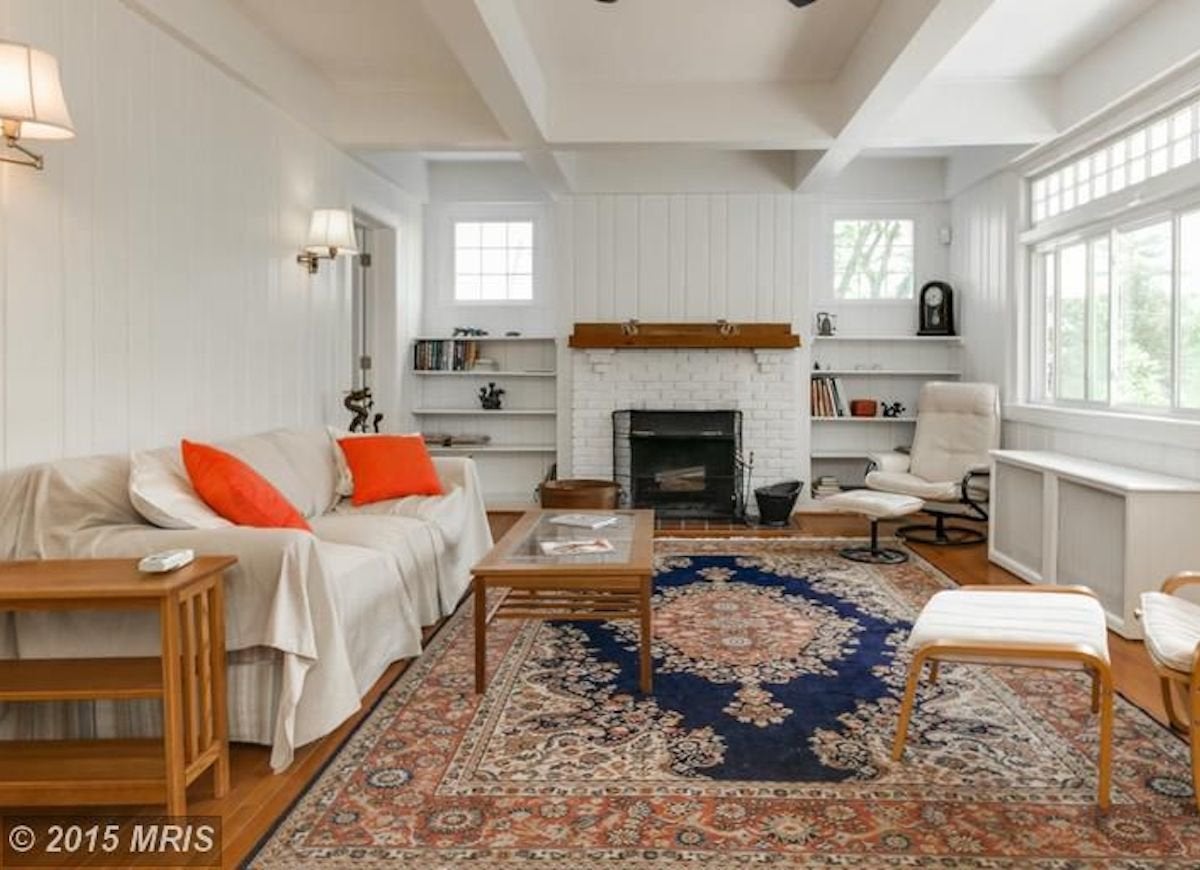
Zillow Digs home in Washington, d.c.
Make standard ceilings feel higher by incorporating vertical lines into your room design. Painted lines aren’t your only option—adding beadboard or board-and-batten wainscoting will draw the eye up just as well.
Carve Out Hidden Storage Space
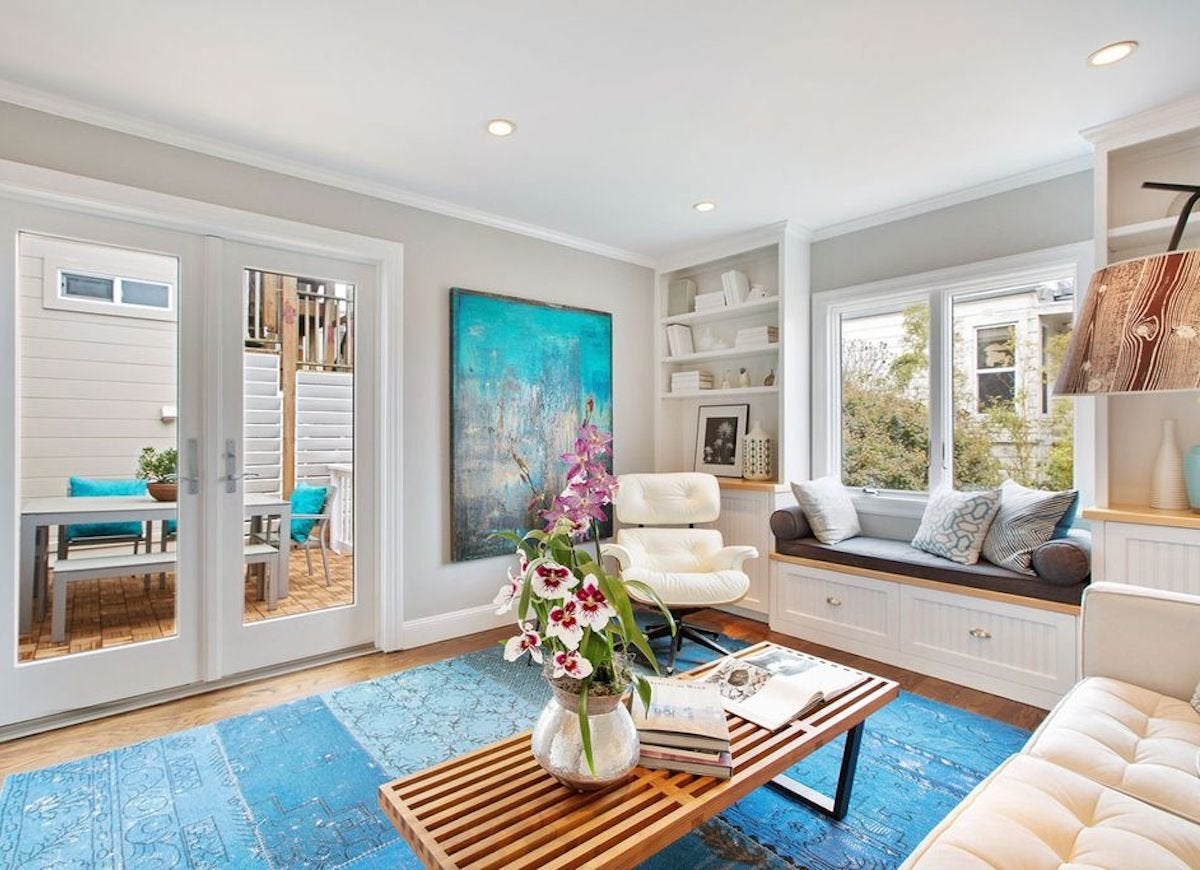
Zillow Digs home in San Francisco, CA
Tuck nonessentials out of sight with dual-purpose pieces like storage ottomans or benches. Less visual clutter on shelves and other surfaces translates into an airier interior.
Use Paint to Your Advantage
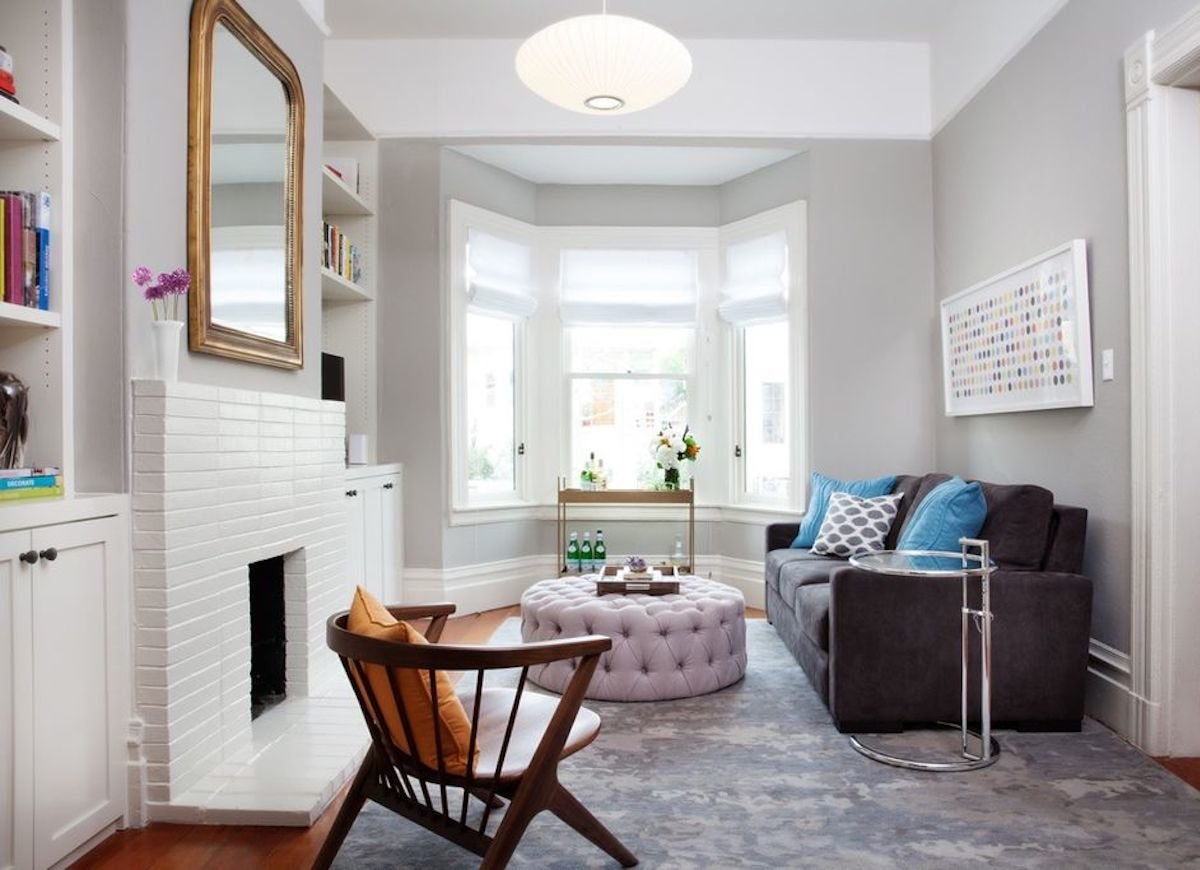
Zillow Digs home in San Francisco, CA
Nothing will brighten up a room as quickly as painting it in a light, neutral color palette. Make your bold statements with pops of brighter colors for furnishings and accessories.
Related: 12 Ways You Can Change the Size and Shape of Your Room With Only Paint
Happy Home

What are you waiting for? Give a few of these tricks a try to transform a dark, small room into a light and spacious place.

This Is the Year for a Kitchen Renovation
Whether you’re selling or staying, everyone can get something out of a kitchen update. Learn why we consider this renovation the Most Valuable Project of 2025 and how to stay on budget.